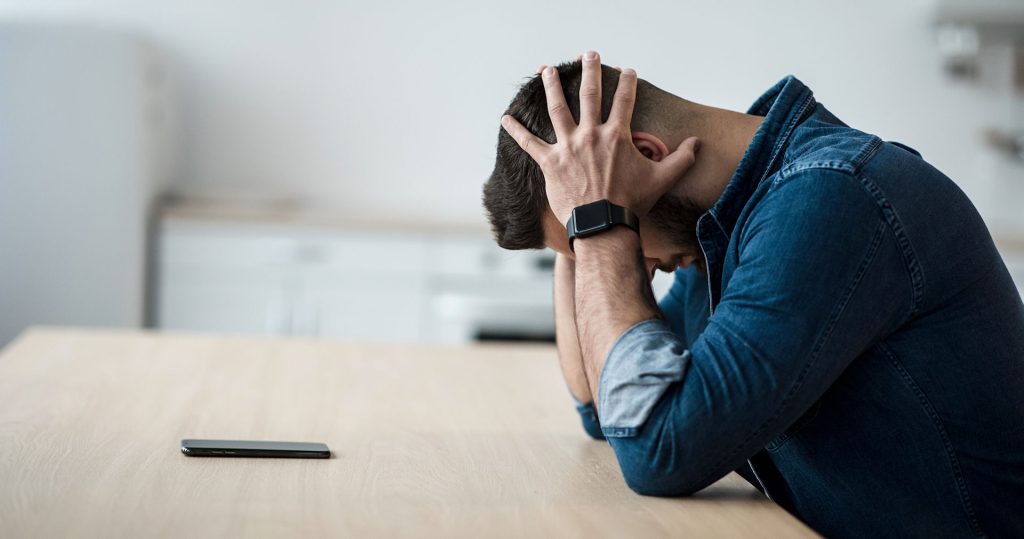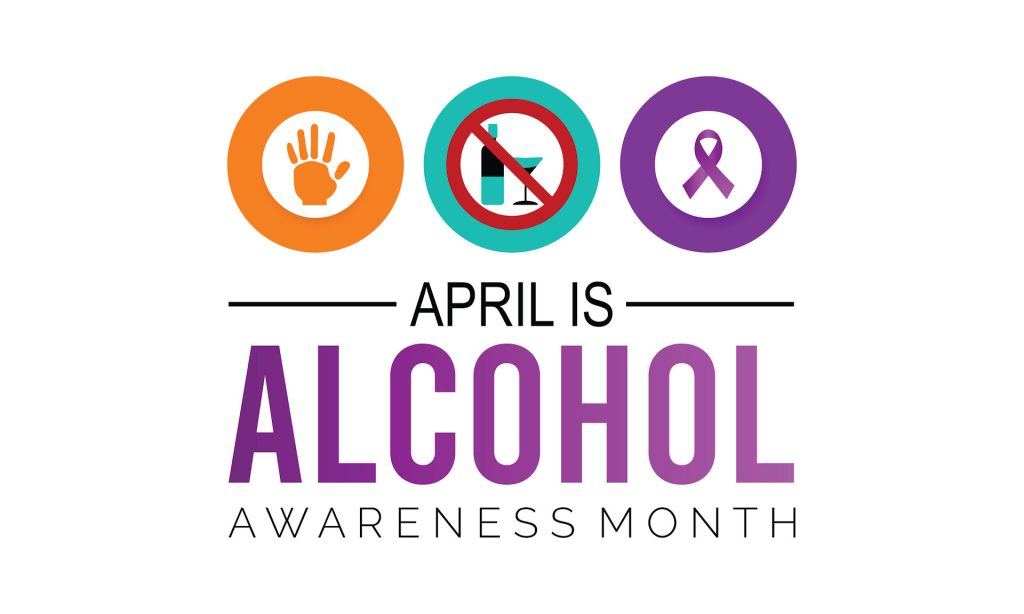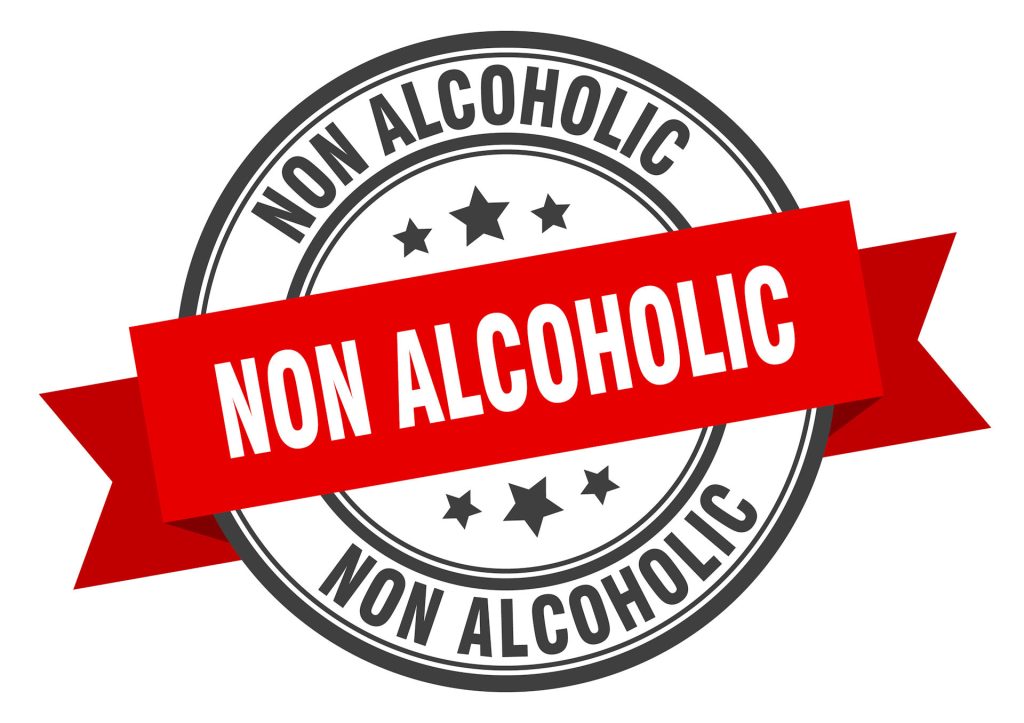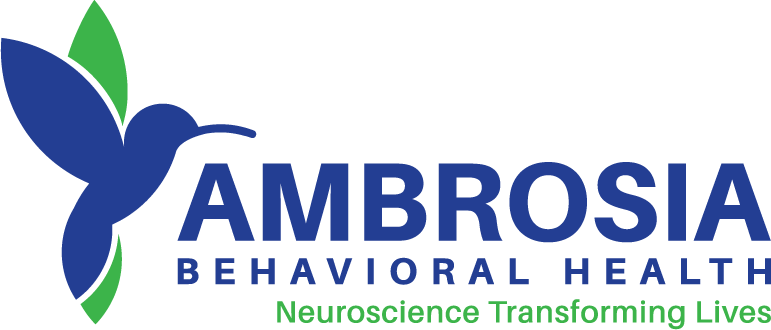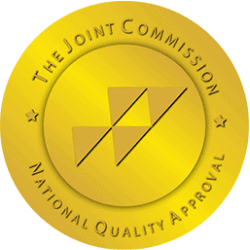You know your teen is going through some stuff. The mood swings, the angst, the drama—it's enough to make any parent wonder what's up. But when those "normal" teenage troubles turn into something more serious—failing…
Risk-taking and experimental behaviors are an inherent part of adolescence. Social media provides increased opportunities for the marketing and communication of risky behaviors and products.
There's no better time to shed light on the link between stress and addiction than April, which is officially known as Stress Awareness Month. This can be a month of peaceful education, as learning how…
As the calendar turns to April it means spring is upon us. While spring is a time for renewal and growth, it is also a time to raise awareness for something that is a big…
Are you seeking an alternative to traditional beer while navigating the recovery journey? With its increasing availability and variety, non-alcoholic beer presents an intriguing option for those looking to enjoy the taste of beer without…
Positive thinking and positive self-talk can be incredibly powerful when it comes to addiction recovery. As individuals, we are extremely susceptible to our inner dialogue and how it shapes our mindset, moods, and motivations. This…
You've been feeling forgetful lately. Maybe you're having trouble concentrating or controlling your emotions too. If this sounds familiar, you're not alone. Every year, millions of Americans suffer traumatic brain injuries that can cause these…
You had a rough childhood. The memories still haunt you years later. Trauma has a way of sticking around. Ever think about how those rough early days might be playing a role in the struggles…
Losing weight can often feel like a daunting and restrictive journey, causing many to wonder if they have to give up their favorite indulgences to see results. One common question that arises is whether or…
Navigating adolescence comes with its unique set of challenges, and one prevalent concern is the heightened susceptibility of teens to addiction. In this dynamic development phase, factors like peer influence, curiosity, and an evolving brain…
Substance use disorder is a dangerous illness that affects millions of people daily; it has no regard for age, gender, relationships, career, or family. Oftentimes it seems as though addiction is impossible to overcome.
Have you ever noticed how men and women tend to deal with stress differently? The same goes for addiction. When it comes to recovery, gender matters. As you consider treatment options, it's important to think…

Dr. Alam is an internationally renowned psychiatrist with academic affiliations with Northwestern University and University of Illinois, Chicago where he completed his residency training. He has been a principal investigator for over forty studies and has been involved in research leading to the approval of most psychiatric medications currently on the market. He is the founder of the Neuroscience Research Institute which continues to conduct research on cutting edge medication and interventional psychiatry. Dr. Alam is a Distinguished Fellow of the American Psychiatric Association and the American Society of Addiction Medicine. He has won several awards and has been featured extensively on radio and television.



